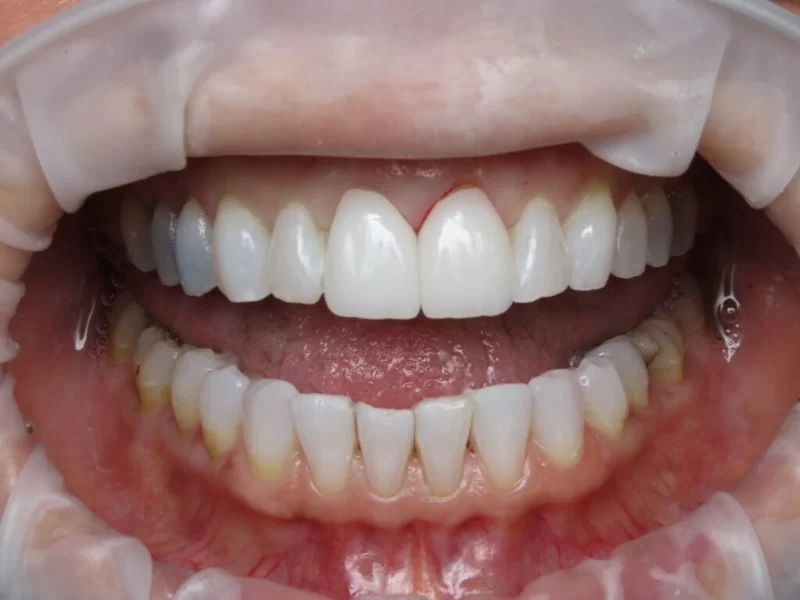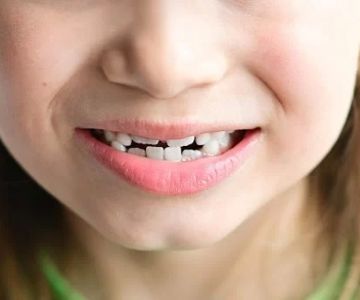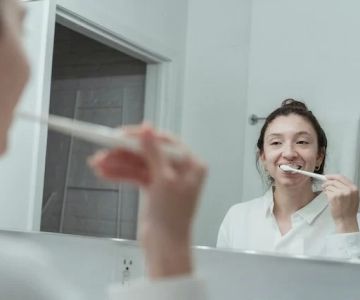
- understanding-why-tooth-discoloration-happens-and-why-it-matters
- everyday-habits-that-naturally-protect-against-discoloration
- foods-and-drinks-to-embrace-and-avoid-for-whiter-teeth
- natural-remedies-worth-trying-safe-and-effective-alternatives
- medical-treatments-to-address-existing-tooth-discoloration
- when-to-consult-a-professional-and-why-it-matters
- explore-more-dental-care-solutions-at-family-dentistry-online
1. Understanding Why Tooth Discoloration Happens and Why It Matters
Tooth discoloration isn't just a cosmetic issue—it can be a sign of underlying dental health concerns or lifestyle habits that affect your overall well-being. Discoloration may result from external stains, such as coffee, wine, or smoking, or internal issues like enamel erosion or medication side effects. Regardless of the cause, the impact on self-confidence and social comfort is real.
For instance, a young professional named Lila shared how her love of daily lattes led to noticeable staining, making her self-conscious during work meetings. Learning how to prevent tooth discoloration naturally and medically gave her not only whiter teeth, but renewed confidence.
2. Everyday Habits That Naturally Protect Against Discoloration
2.1 Brushing and Flossing
It may sound simple, but consistent brushing with a fluoride toothpaste and daily flossing remove plaque and prevent stains before they set in. Choose a soft-bristled brush and avoid brushing aggressively, which can wear down enamel.
2.2 Water Is Your Best Friend
Drinking water—especially after meals or staining beverages—helps rinse away residue that can darken teeth. Water also stimulates saliva production, a natural defense against enamel erosion.
2.3 Use a Straw
If you can’t give up your morning iced coffee or green juice, consider using a straw to minimize direct contact with your teeth. It’s a small change that makes a surprising difference over time.
3. Foods and Drinks to Embrace and Avoid for Whiter Teeth
A huge part of how to prevent tooth discoloration naturally lies in your diet. Avoiding or reducing intake of dark-colored beverages like red wine, cola, and soy sauce can significantly help. Acidic foods such as citrus or vinegar-based dressings can weaken enamel and make teeth more vulnerable to stains.
On the flip side, fibrous foods like apples, celery, and carrots act like natural toothbrushes. Dairy products also help neutralize acids and provide calcium to strengthen enamel.
4. Natural Remedies Worth Trying: Safe and Effective Alternatives
4.1 Baking Soda (In Moderation)
Brushing with a small amount of baking soda once a week can gently polish away surface stains. However, overuse can be abrasive—so moderation is key.
4.2 Coconut Oil Pulling
This age-old remedy involves swishing a spoonful of coconut oil in your mouth for 10–15 minutes. While evidence is still growing, many claim it helps brighten teeth and improve gum health.
4.3 Activated Charcoal—Use With Caution
While trending, activated charcoal should be used with caution. Its gritty texture can wear enamel, so consult your dentist before adding it to your routine.
5. Medical Treatments to Address Existing Tooth Discoloration
5.1 In-Office Whitening
Professional whitening performed by a dentist is one of the fastest and most effective ways to tackle deeper, stubborn stains. These treatments are safe, customized, and deliver noticeable results often after just one visit.
5.2 At-Home Professional Kits
Dentists may also recommend take-home kits with custom trays and professional-strength gel—perfect for those looking for convenience with professional oversight.
5.3 Veneers and Bonding for Severe Cases
In situations where discoloration is resistant to whitening (such as from medication or trauma), dental veneers or bonding can restore a natural, bright appearance.
6. When to Consult a Professional—and Why It Matters
If natural methods don’t produce the results you want—or if you’re unsure about the cause of your tooth discoloration—it’s time to consult a dental professional. They can identify whether your stains are intrinsic or extrinsic and recommend a safe, effective plan tailored to your needs.
At Family Dentistry Online, we offer expert advice, safe whitening treatments, and personalized dental care to help you achieve a brighter, healthier smile. Whether you're dealing with stubborn stains or just looking to maintain your sparkle, we’ve got solutions that fit your lifestyle.
7. Explore More Dental Care Solutions at Family Dentistry Online
Preventing tooth discoloration isn’t about perfection—it’s about consistent, informed care. From smart daily habits to modern dental treatments, there are many paths to a whiter smile that works for you. Let Family Dentistry Online guide your journey toward better dental health and a confident, glowing smile.







 Spring View Dental Care4.0 (1298 review)
Spring View Dental Care4.0 (1298 review) Lightfoot Center for Laser Periodontics5.0 (69 review)
Lightfoot Center for Laser Periodontics5.0 (69 review) Aspen Dental - State College, PA3.0 (637 review)
Aspen Dental - State College, PA3.0 (637 review) Lakewood Dental Care4.0 (12 review)
Lakewood Dental Care4.0 (12 review) Kiddsmiles Pediatric Dentistry - Manhasset4.0 (234 review)
Kiddsmiles Pediatric Dentistry - Manhasset4.0 (234 review) Christopher Kragor, DMD5.0 (21 review)
Christopher Kragor, DMD5.0 (21 review) The Importance of Oral Health Education During Pregnancy for a Healthy Pregnancy
The Importance of Oral Health Education During Pregnancy for a Healthy Pregnancy Best Tips for Brushing Your Teeth Properly for Healthy Gums: Essential Techniques for Oral Health
Best Tips for Brushing Your Teeth Properly for Healthy Gums: Essential Techniques for Oral Health Why Skipping Dental Checkups Can Lead to Bigger Oral Health Problems
Why Skipping Dental Checkups Can Lead to Bigger Oral Health Problems Advantages of Porcelain Dental Restorations
Advantages of Porcelain Dental Restorations How Can Diabetes Cause Tooth and Gum Problems? Preventing and Managing Oral Health Issues
How Can Diabetes Cause Tooth and Gum Problems? Preventing and Managing Oral Health Issues Healthy Habits for Promoting Good Oral Health and Hygiene: Tips for a Healthy Smile
Healthy Habits for Promoting Good Oral Health and Hygiene: Tips for a Healthy Smile